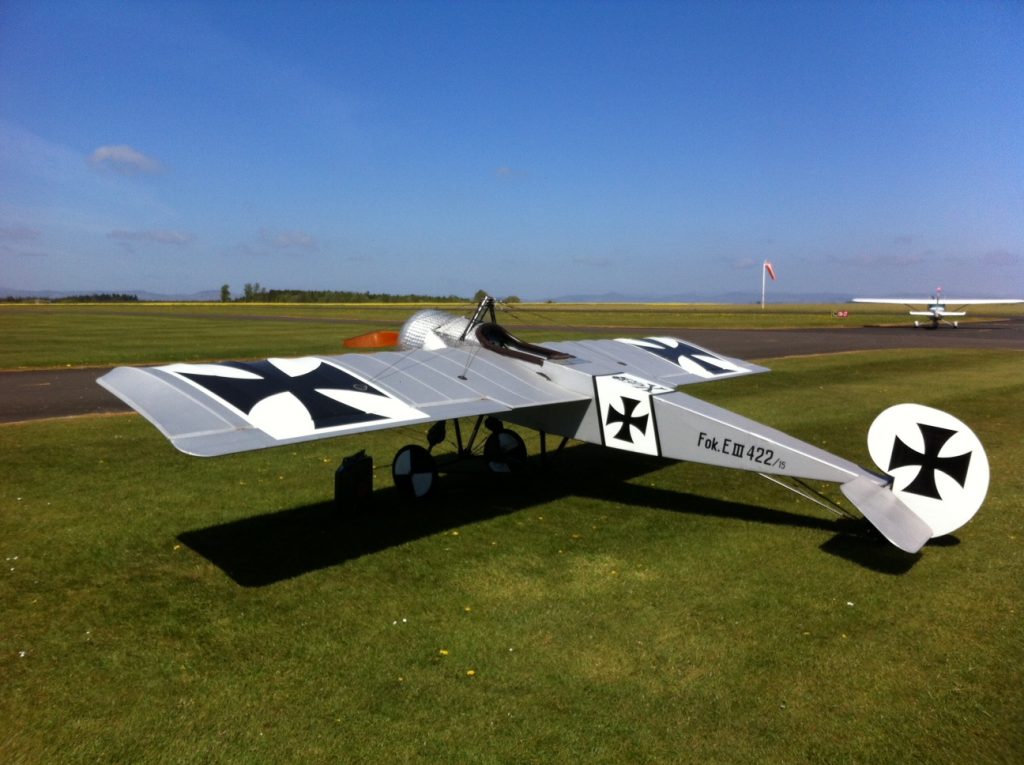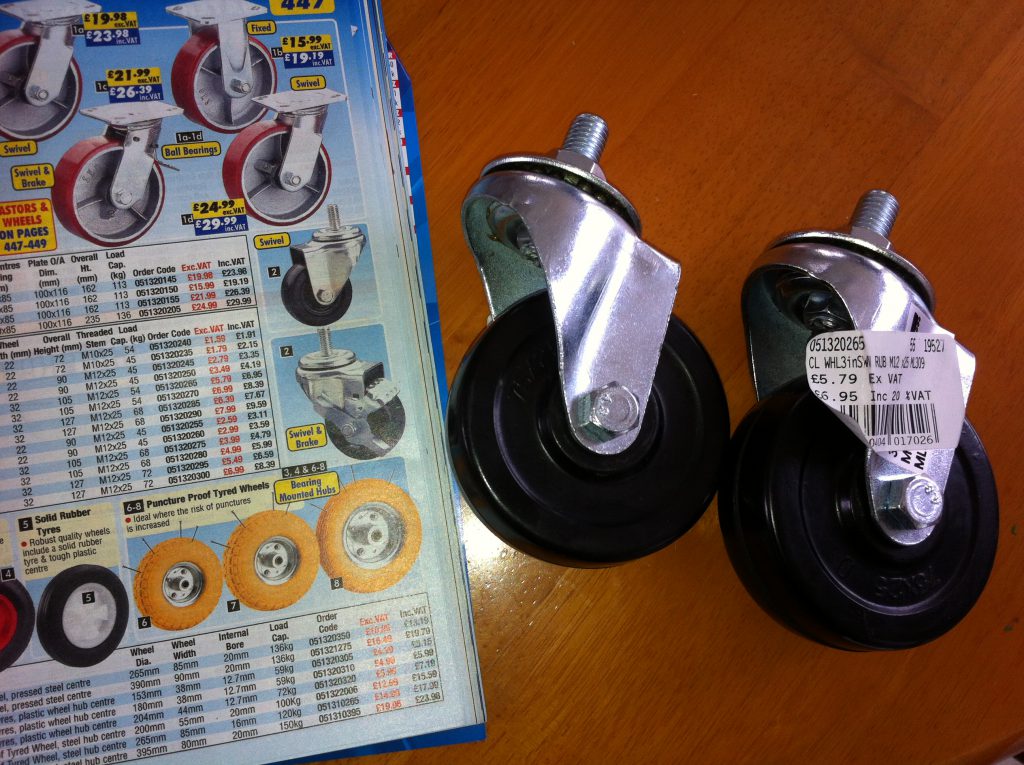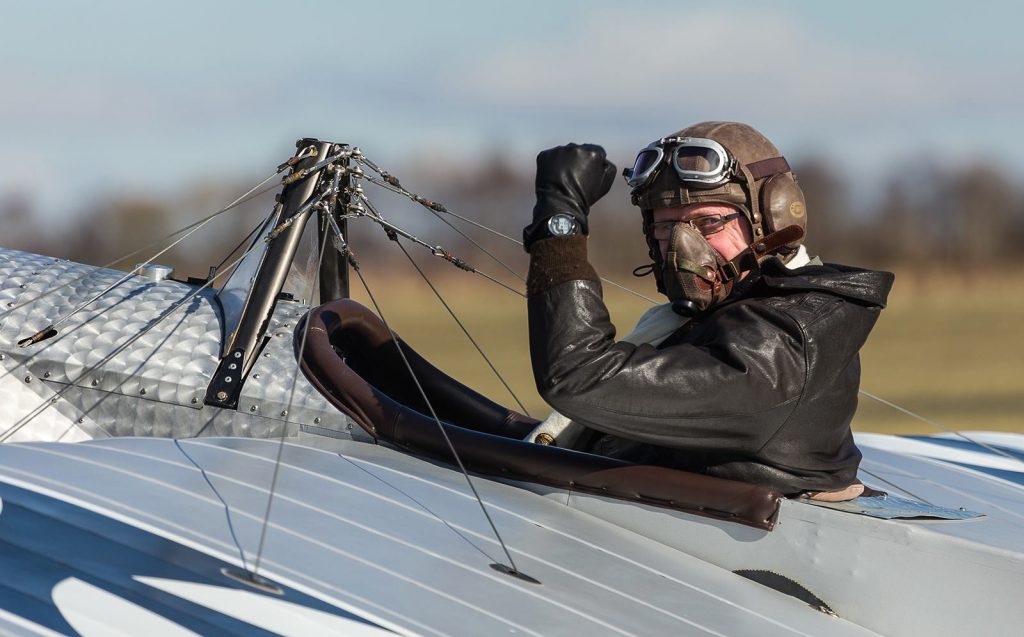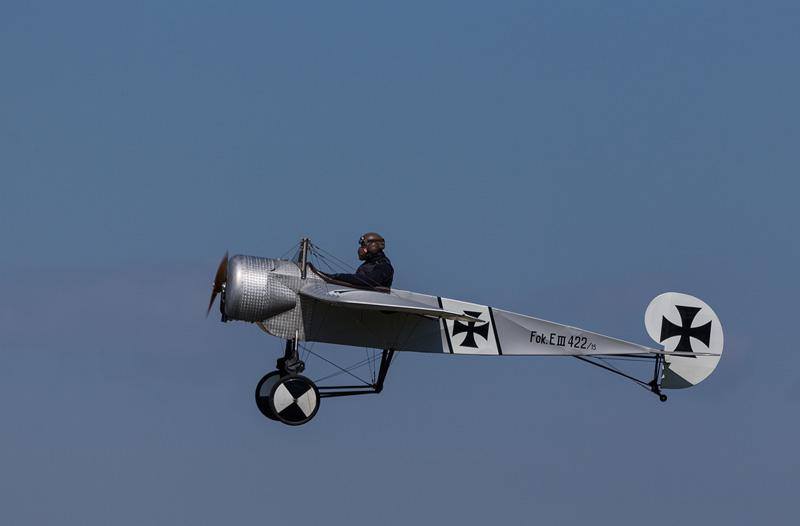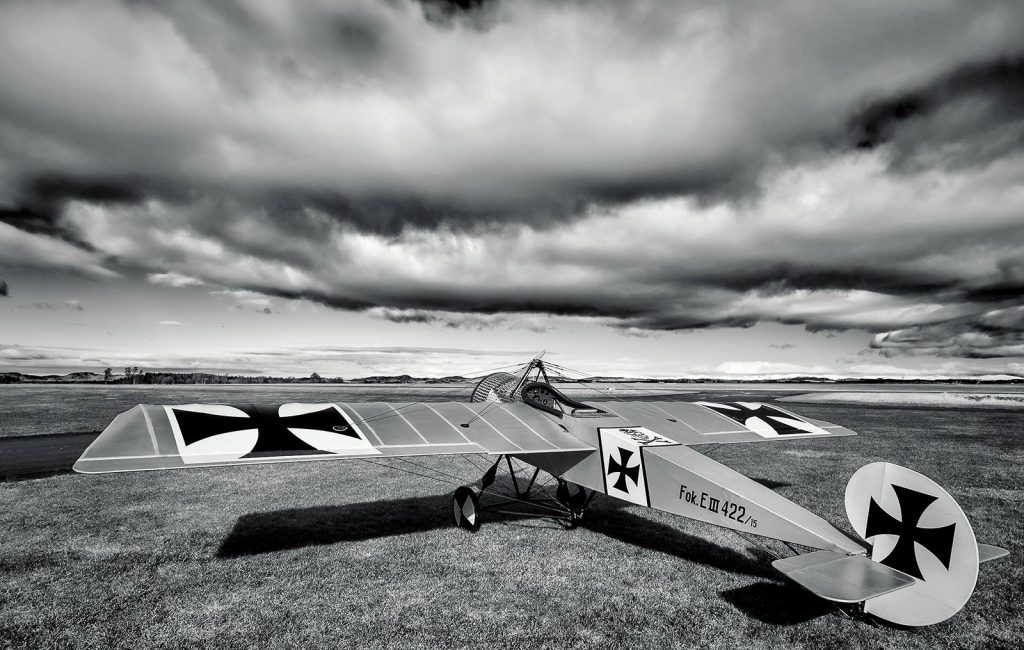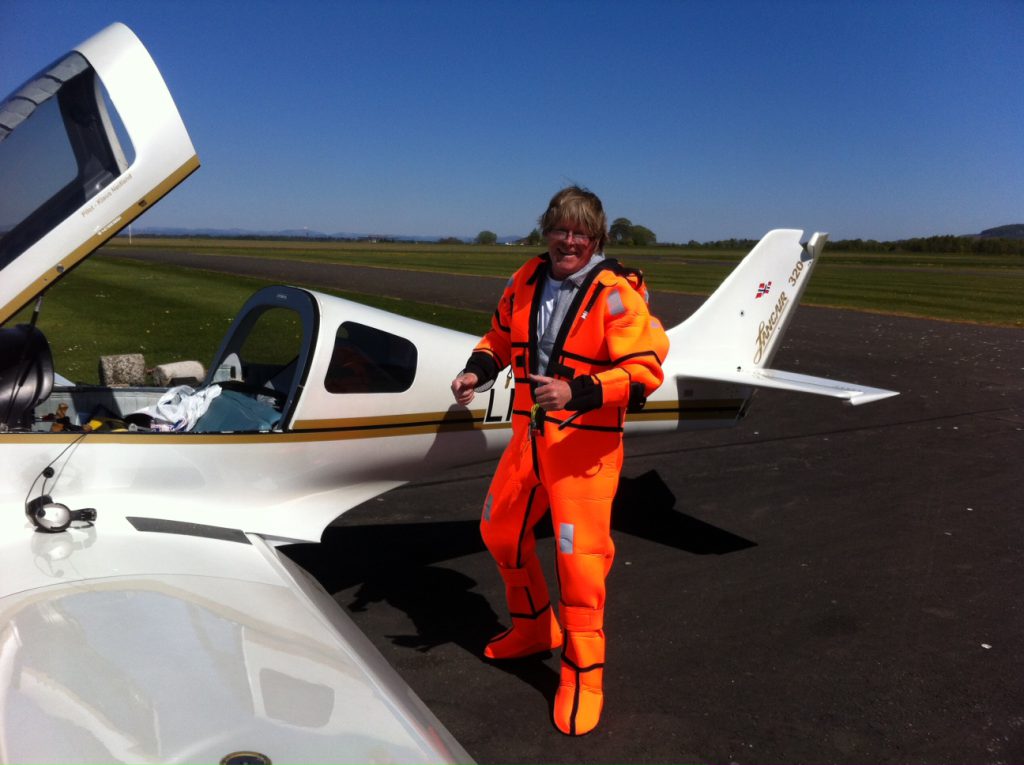Every year the aircraft needs an approval inspection to make sure it’s still fit to fly. Then a flight test and paperwork sent off to renew the “Permit to Fly” – always a joyous occasion when that comes back in the post! Prior to this there’s a bit of tinkering to be done, making sure everything is in good order, lubricated and clean. Also, as the logbooks show 208hrs, the engine is due a 200hr inspection. There is a 10hr extension allowed so 208 is still within limits, just in case you were wondering.
Luckily we know somebody who is an iRMT, qualified to do the inspection on the Sting’s Rotax 912 engine (Remember the £1000 Free Pen? ). The inspection is mostly complete, just waiting on one pesky tool to arrive from Germany, so we’ve been doing the rest of the airframe; Here’s the cockpit with the seats and baggage compartments removed, giving access to the internals of the rear fuselage…
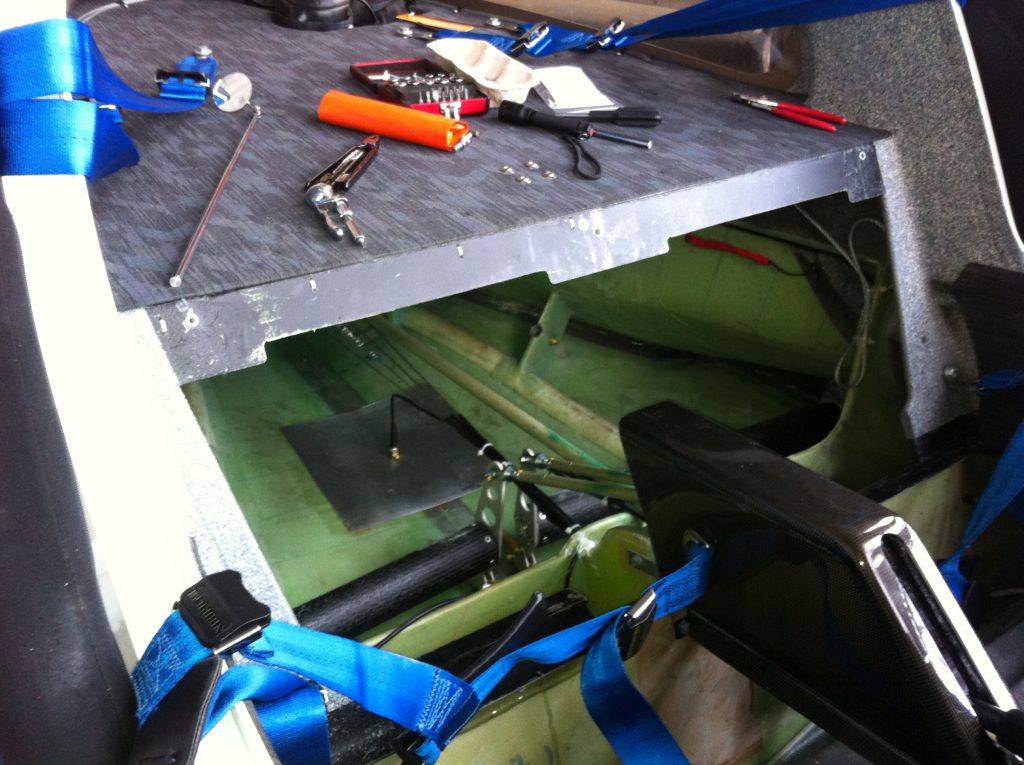
And from a slightly different angle, looking down to underneath the seats where the two wing spars cross into sockets in the opposite wing root and are fastened together by a big bolt…
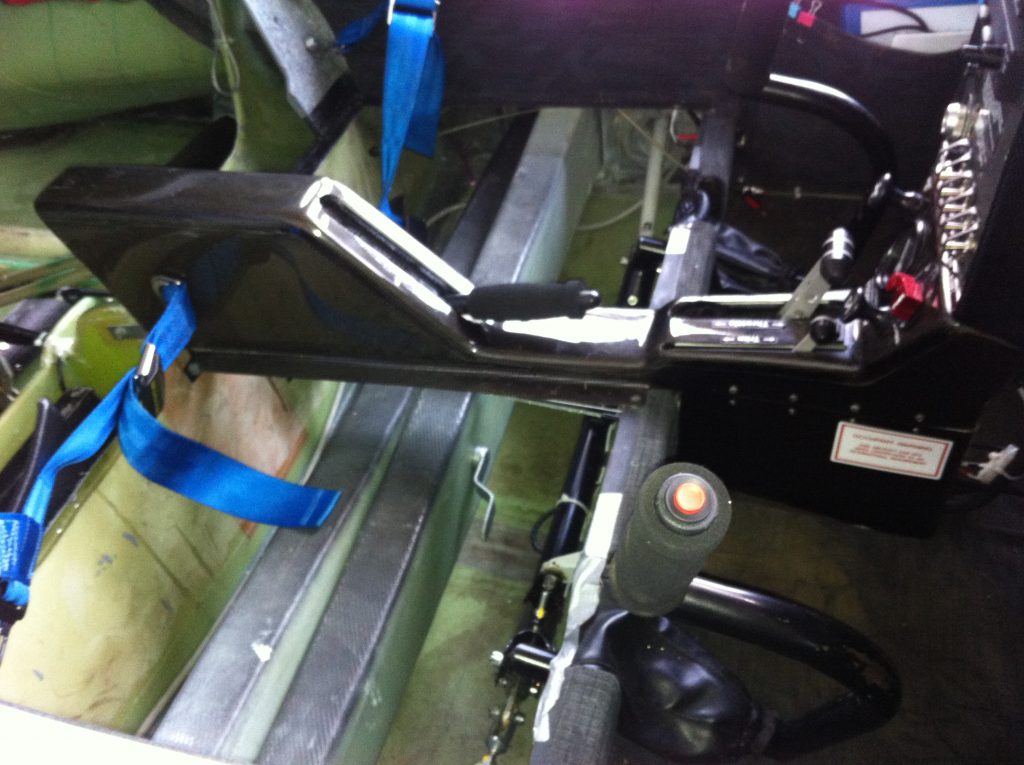
All the bell cranks and hinges get a good application of grease to keep them lubed up and working smoothly.
The bulk of the engine service has been completed, including the oil change. One cool feature is the mag plug, a powerful magnet which sits in the oil and picks up any stray bits of metal. Here’s ours after dipping in brake cleaner to remove most of the oil:
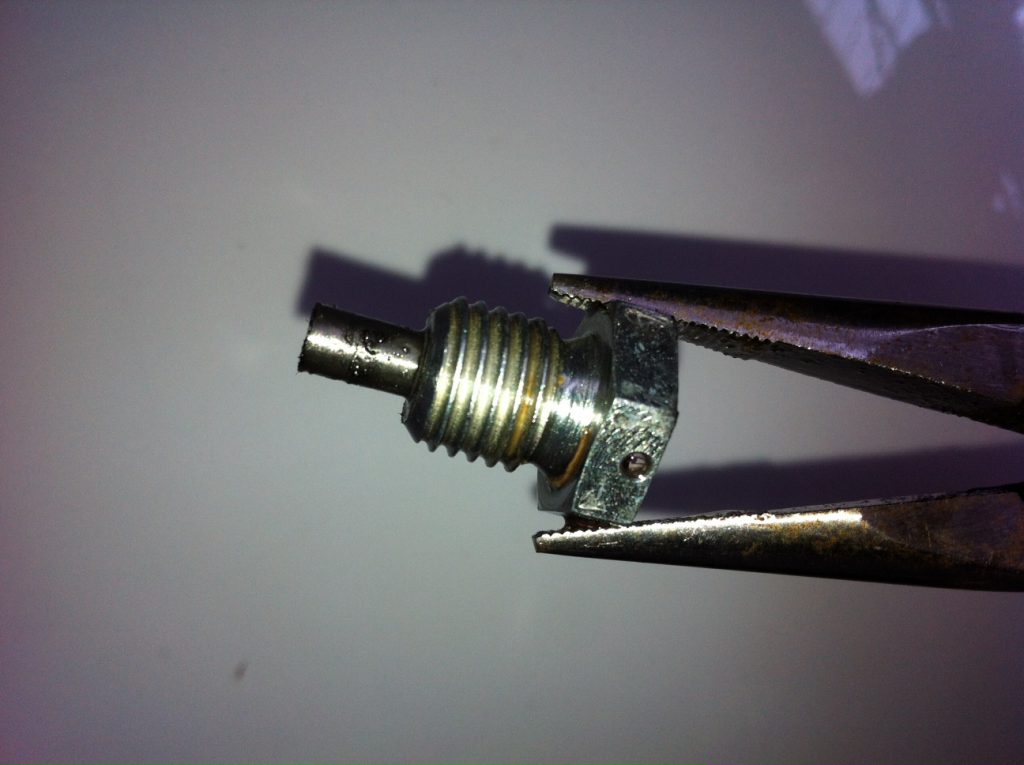
There were a few tiny slivers of metal…well within limits for normal wear and tear. Some of these things come out looking like Christmas trees, then you need to investigate a little more! We cut open the oil filter and inspect the paper element every oil change. This time there were about 7 tiny flecks visible – also well within limits. Very reassuring to know. The filter paper is retained for comparison with the next one to note any increase in particles.
The Rotax 912 has a simple mag plug, only checkable by physically taking it out and looking. On the works helicopter, we have lots of gearboxes and engines and loads of mag plugs.
On the first type a buildup of metal particles completes a circuit and a warning light comes on; the second type on the engine oil system has a warning light but also allows us to “fuzz burn” by passing a current across the particles to melt them off. If it doesn’t work, it’s probably a big buildup and we need to reduce power on that engine or even shut it down. If the fuzz burner does work, we are allowed one more burn if the warning light comes on again. It concentrates the mind wonderfully when you’re out over the sea halfway to the Outer Hebrides when a chip warning comes on…
Dealing with emergencies is practiced every six months in the simulator, known as “The Box” – typing this I’m sitting at Birmingham Airport having just completed two days in the dreaded beast. It’s not as good as the 757 and 767 sims I used to enjoy, but it’s a great place to do the stuff that the Civil Aviation Authority would frown upon if you did them in the real aircraft…setting fire to engines, losing tail rotors, that sort of stuff. Fortunately I passed, so it’ll be six months before I’m back in here:
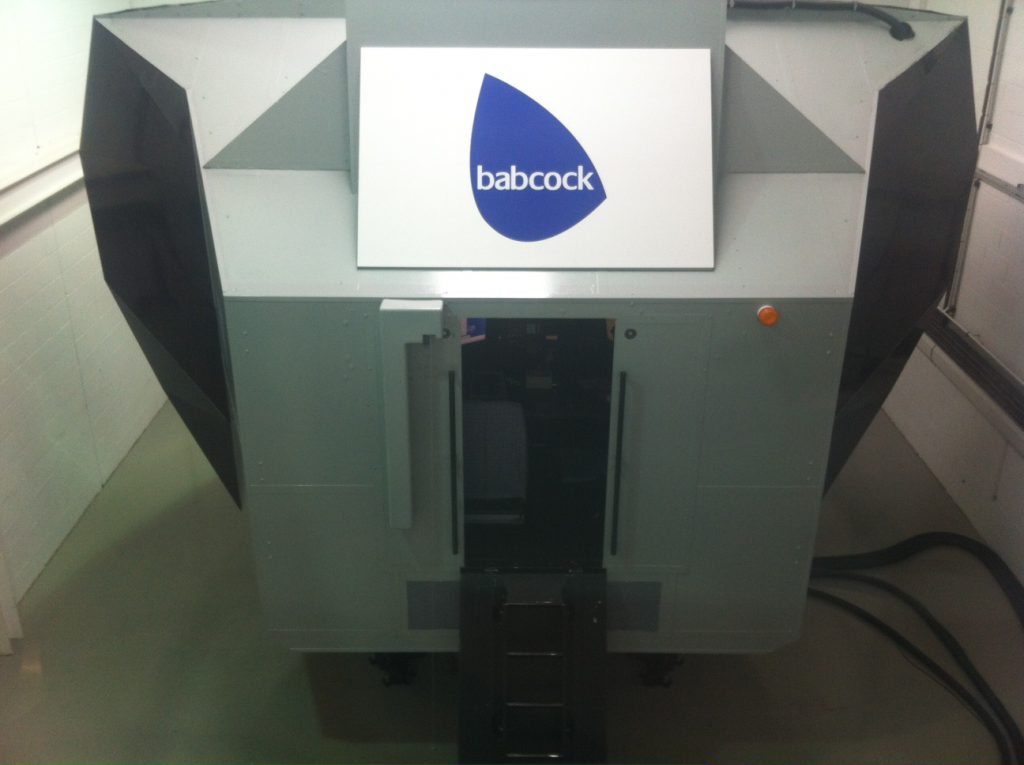
Like most pilots I get a bit stressed before the sim, and do lots of revision and planning beforehand. Now that it’s over we can concentrate on the permit renewal for the Sting.
And flying the Eindecker.
And getting my single engine ticket revalidated.
And trip planning.
And the next medical.
And tomorrow’s 0800-2000 air ambulance shift.
It never stops.

